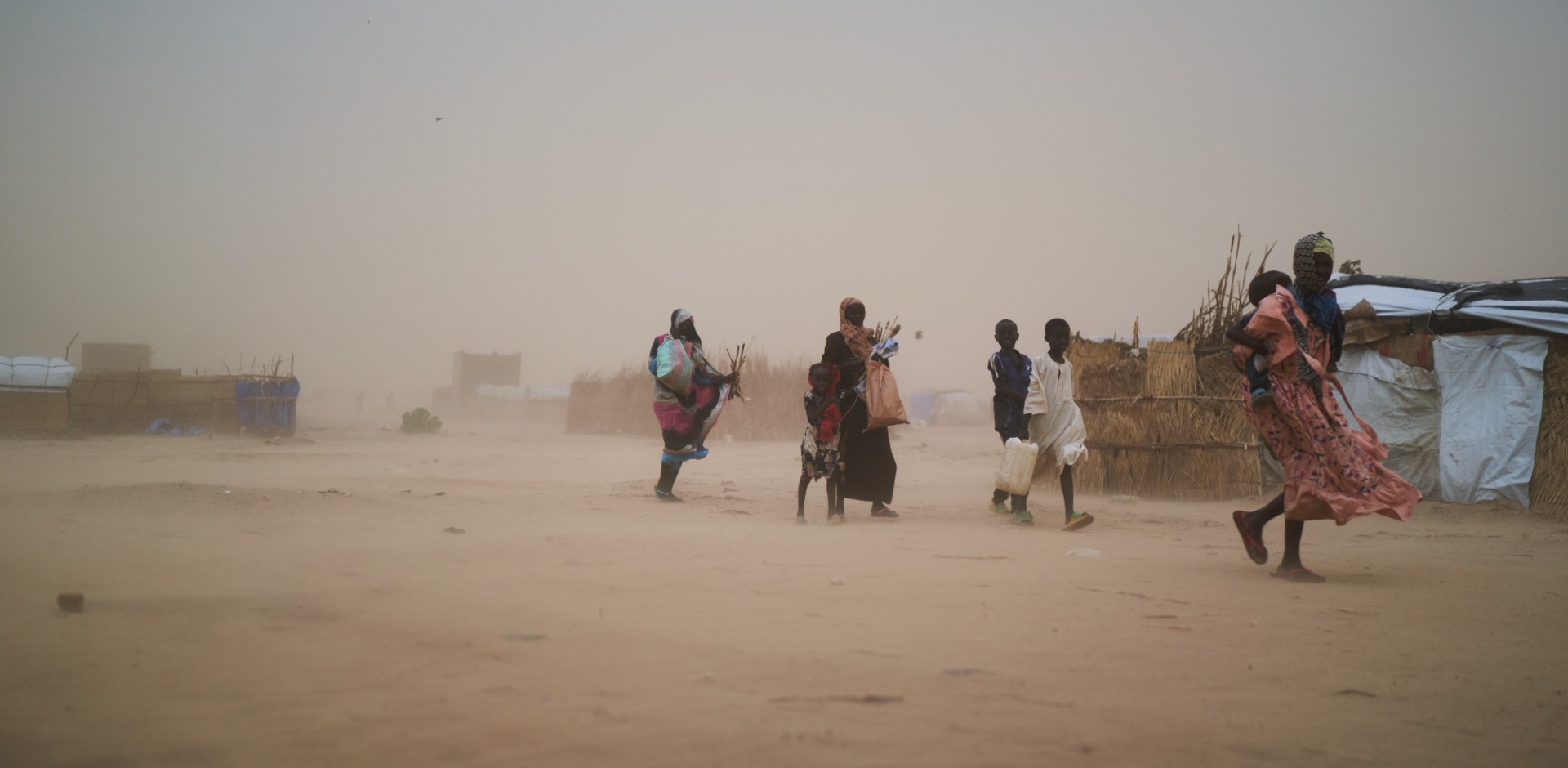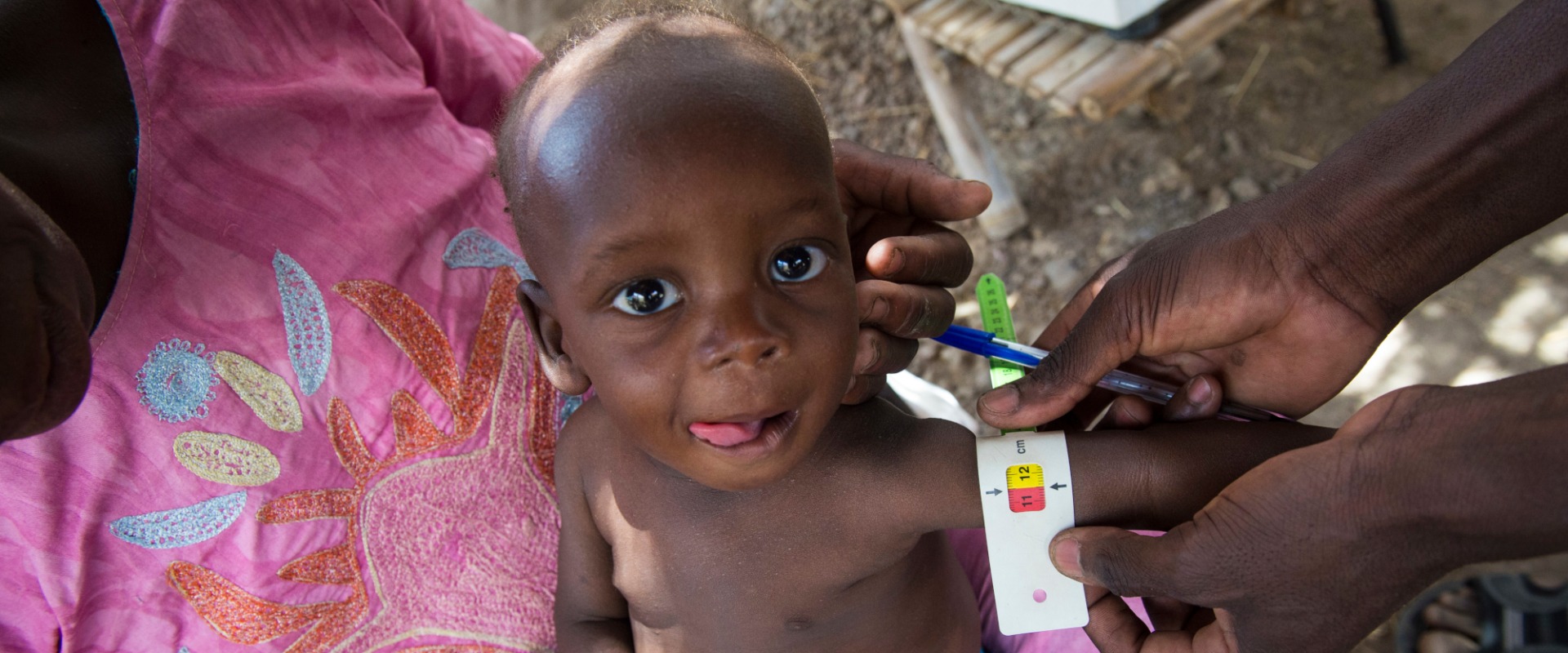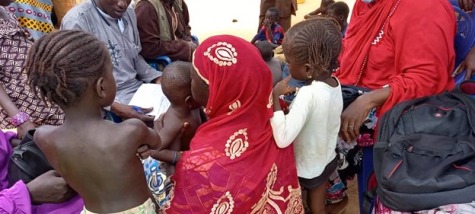
FAMINE IN SUDAN

Like most medical conditions, malnutrition can be best addressed and treated when it’s detected early. Mass screenings of children under five, as well as pregnant and lactating women – the groups most vulnerable to undernutrition – are an effective way to identify malnutrition cases and help ensure that those suffering from malnutrition get the critical medical care they need, before it’s too late.
Mass screenings are one way Action Against Hunger is helping sustainably improve the nutritional status of children under five and pregnant and lactating women in Mali’s Kayes, Kita and Sikasso regions through the Integrated Fight Against Chronic Malnutrition in Mali project in partnership with the Government of Canada. Our teams recently coordinated a mass screening in the western region of Kayes, aligned with the national protocol for the management of acute malnutrition and reaching over 70,000 children including 37,000 girls (51%) aged 6 to 59 months.

These mass screening events rely on the support of Community Health Volunteers who are based in the community and who receive targeted training so they can accurately identify malnutrition cases. The volunteers play a vital role as they have the confidence of the local population and can bridge the gap between communities and local health services.
The volunteers use a MUAC (Mid-upper arm circumference) tape – a simple, effective tool in the fight against malnutrition – to measure the thickness of subcutaneous muscle and fat tissue of the left arm. The colour-coded armband allows the volunteers to identify if a child is healthy (green), moderately malnourished (yellow), or severely malnourished (red). The adult MUAC tape has also been used with more than 10,000 pregnant and lactating women to detect malnutrition. In addition to learning how to correctly use the MUAC tape, the volunteers are also trained on the evaluation of edema (swelling of the feet), how to correctly enter data on the scorecards and reference sheets, and how to follow up with malnourished children at the health centre and later at home.
The screening revealed that 2% of children in the region were suffering from moderate acute malnutrition and 0.5% were suffering from severe acute malnutrition. “In our region, very high levels of malnutrition are observed from June to September,” says Dr. Samou Diarra, Nutrition Focal Point of the Kayes Health District. “This screening campaign made it possible to detect cases in time and ensure their immediate management.”

The children identified as malnourished were immediately referred to local health centres, where they received treatment with Ready-to-Use Therapeutic Foods like Plumpy’Nut. Ready-to-use Therapeutic foods are a staple of humanitarian aid, as they are highly effective, cost-efficient, and safe for children suffering from malnutrition, who have difficulty digesting complex foods.
“Action Against Hunger is behind all the great victories against malnutrition the district has achieved,” says Dr. Diarra, who has worked with the organization since 2017, pointing to SMART survey data that shows a decrease in global acute malnutrition 14.2% in 2017 to 5.6% in 2020. “Our experience in recent years has shown us that prevention is key to winning the fight against malnutrition in all its forms.”
 The Integrated Fight Against Chronic Malnutrition in Mali project, funded by Global Affairs Canada, aims to sustainably improve the nutritional status of children under five and women of reproductive age. The five-year project will address three major causes of chronic malnutrition: access to adequate care, a healthy environment and adequate nutrition.
The Integrated Fight Against Chronic Malnutrition in Mali project, funded by Global Affairs Canada, aims to sustainably improve the nutritional status of children under five and women of reproductive age. The five-year project will address three major causes of chronic malnutrition: access to adequate care, a healthy environment and adequate nutrition.
Join our community of supporters passionate about ending world hunger.